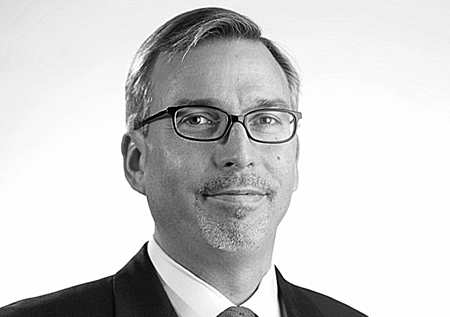BroadcastPro Middle East recently hosted a roundtable discussion in association with video security solutions company Verimatrix on Enhancing Competitiveness for Video Services in the Middle East. The discussion was moderated by Steve Christian from Verimatrix and had a panel comprising C-level executives from leading pay-TV and OTT services in the region. The speakers included: Samer […]

BroadcastPro Middle East recently hosted a roundtable discussion in association with video security solutions company Verimatrix on Enhancing Competitiveness for Video Services in the Middle East.
The discussion was moderated by Steve Christian from Verimatrix and had a panel comprising C-level executives from leading pay-TV and OTT services in the region.
The speakers included: Samer Geissah, VP Consumer Home & Multimedia Services, du; Dr. Raed, CEO of Selevision; Neil Martin, Chief Commercial Officer, OSN; Marco Benomi, Regional Vice President of Sales, International (EMEA & Asia) at Minerva Networks; Amine Lalami, Business Development Manager, icflix; Roque Manuel Solabarrieta Chelech, COO, E-Vision; Danny Bates, CCO and Co-founder of Starz Play; Hisham Arafat, CEO of CMT Technologies; Amarjeet Panesar, Head of Platform Technology, Econet Vision and Nadine Samra, Head of Digital Business – MiddleEast at Zee Entertainment Enterprises Limited.
Christian began by asking the panellists if OTT as a phenomenon in the media entertainment ecosystem is additive or subtractive. The panellists agreed that while OTT was definitely enriching the user experience by giving them more choices, operators needed to have the right business approach to make OTT services financially viable. There was a general consensus that it is indeed a business opportunity for content owners and service providers with promising monetising capability if the right business models are practiced.
The key talking points included building next generation business models for OTT services, total cost of ownership considerations for building a multi-DRM, harmonised platform and using big data/analytics to better profile viewers and maximise revenue potential. The onslaught of piracy and how to tackle it within the OTT space was also discussed extensively.
The panel looked at how to create robust digital models to provide quality content to viewers. Case studies from the region were discussed for solutions to provide better audience engagement and optimally monetise, as well as protect assets. They also looked at what works and what doesnt in the region as the panellists related some of the experiences they have had while operating in the region.
The panellists pointed out how OTT has led to changing consumption patterns considering the phenomenon of binge viewing, which emerged with content being available anywhere and anytime. It also emerged that consumption patterns of users of OTT services reveal that not all are watching on mobile devices as viewers like to watch content on the big screen. They may source the content from their mobile devices and watch them on the TV screen.
While price remains an important criterion in choosing an OTT service, the emergence of more services and payment options has led Middle East viewers to opt for paid services unlike in the past when content was free in the region. Piracy, however, still remains a threat, the panel agreed and needs to be dealt with in order to make OTT service profitable.
It was concluded that as consumers continue to demand better content and an improved user experience, service providers are evolving technologically as well as content wise to meet this demand.












































































